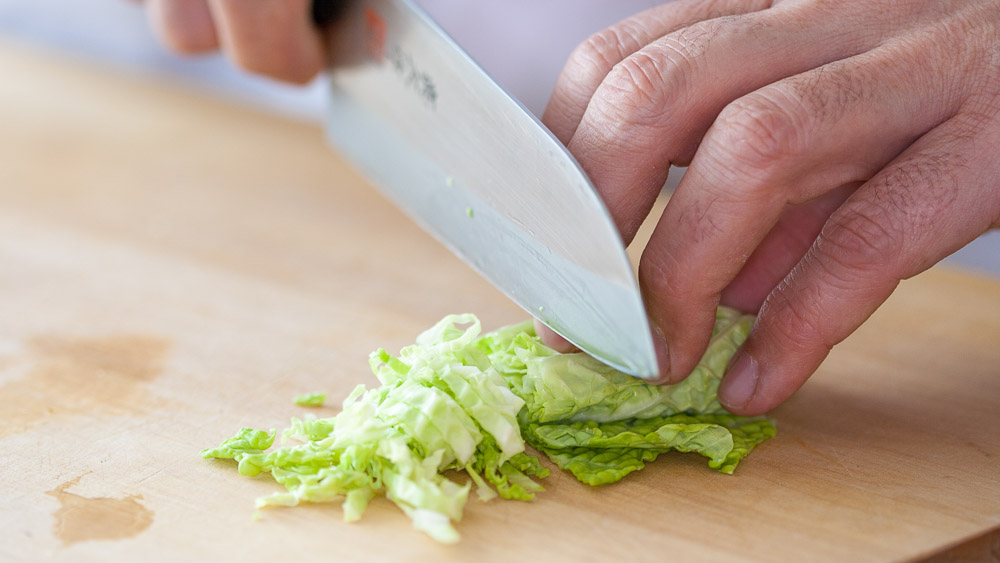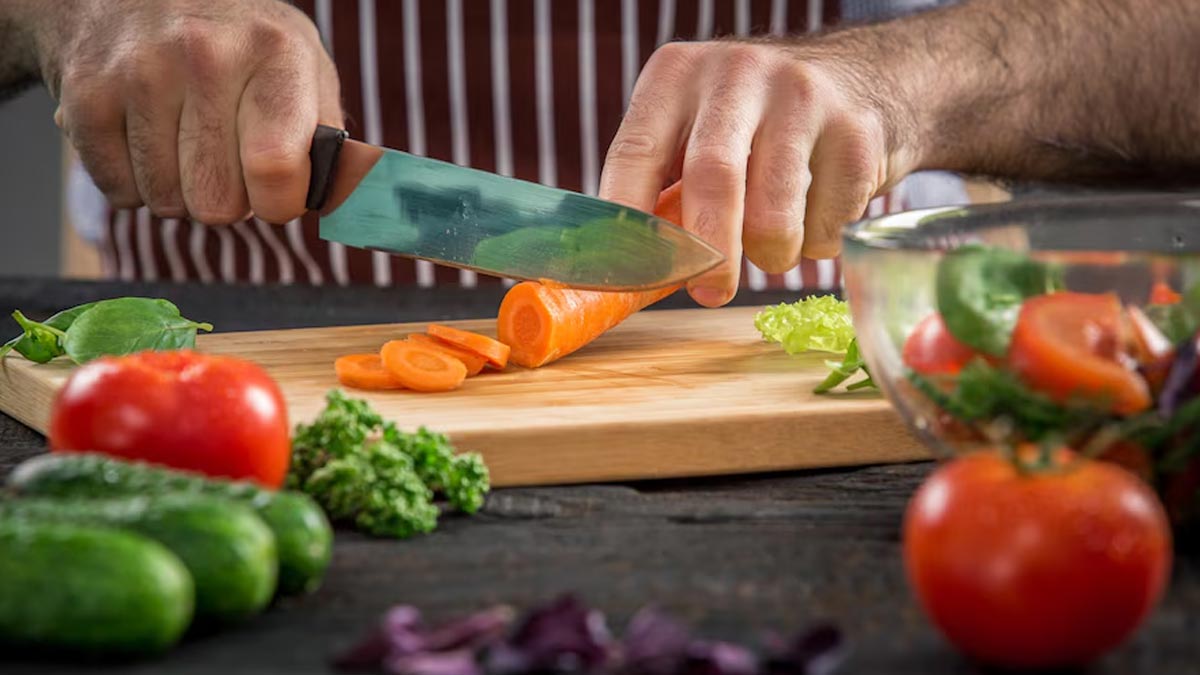For 'kitchen professionals', a Japanese knife is more than just a tool; it's a valued asset. The precision, artistry, and craftsmanship that go into making these knives are unparalleled. However, to keep your Japanese knife in pristine condition, you need to know how to care for it properly. In this guide, we will explore some essential tips and techniques on how to take care of a Japanese knife to ensure it serves you well in your culinary ventures.

The Art of Washing: More Than Meets the Eye
When it comes to cleaning your Japanese knife, there's no room for complacency. Dishwasher detergents and high water temperatures can dramatically damage the blade's edge and finish. Instead, hand wash the knife with mild soap and warm water. Dry it immediately with a soft cloth to prevent rusting. For more details, check out how to clean a knife for comprehensive tips.
Sharpening Strategy: Edge Retention
A sharp knife is a safe knife. Regular sharpening is key to maintaining the performance of your Japanese knife. Typically, Japanese knives should be sharpened at a slightly steeper angle, around 15 to 18 degrees. If you want to deepen your understanding, read about angle for Japanese knife sharpening.
Stones Over Steels
To maintain the unique angle of a Japanese knife, 'whetstones' are preferred over honing steels. Honing steels are more suited to Western knives and may damage the delicate edge of a Japanese blade. Consider investing in high-quality whetstones for regular maintenance.
Storage Solutions: Safeguarding the Blade
Improper storage can lead to accidental damage or blunting of your knife. Magnetic strips or dedicated knife storage blocks are ideal options for storing your Japanese knife. Ensure the knife is securely stowed and easily reachable, ensuring no dulling occurs due to constant movement.
Sheaths and Guards
Another great solution is to use a sheath or blade guard. These accessories protect the blade from external elements and potential accidents within a busy kitchen environment.
Handling with Care: Respecting the Craft
Avoid using your Japanese knife on hard surfaces such as glass or stone, as these can affect the edge's integrity. Instead, opt for softer cutting boards such as wood or plastic.
Additionally, learning the proper technique of how to hold the knife is crucial for precision and safety. For more information, see our guide on holding a Japanese knife.
Regular Inspections: Maintenance Mindset
Periodically inspect your knife for signs of wear such as nicks or rust. Addressing these issues promptly can extend the life of your knife. Keeping a maintenance checklist can help ensure no aspect of care is overlooked, empowering you to maintain excellent knife health.
Professional Services
If you're unsure about any aspect of maintaining your knife, don't hesitate to consult a professional. Many experts offer sharpening and restoration services that can breathe new life into your knife. For additional insights about knife brands, you can read whether Boker is a good knife brand.

Frequently Asked Questions (FAQ)
Why shouldn't I put my Japanese knife in the dishwasher?
The intense heat and harsh detergents in a dishwasher can dull and damage a Japanese knife quickly.
How often should I sharpen my Japanese knife?
The frequency depends on your usage, but generally, every 3-6 months is recommended. Refer to our guide on sharpening frequency.
What's the best material for a cutting board?
Wood and plastic are ideal materials for cutting boards, offering a soft surface that doesnt dull the blade quickly.
This article contains affiliate links. We may earn a commission at no extra cost to you.


























